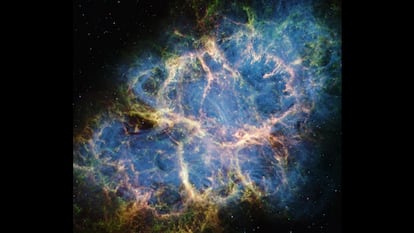
One second to end what the universe has built in 10 million years
Massive stars create heavy elements from lighter ones through fusion, eventually forging an iron core over millions of years. Then, in just a few seconds, the star blows up

Massive stars create heavy elements from lighter ones through fusion, eventually forging an iron core over millions of years. Then, in just a few seconds, the star blows up
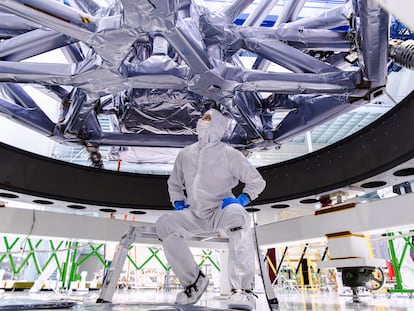
The American Astronomical Society warns that the proposed cuts would have ‘catastrophic’ consequences for the United States’ leadership in space exploration

At the center of our galaxy, hidden behind dense clouds of gas and dust, the black hole Sagittarius A* rotates rapidly, dragging space-time with it
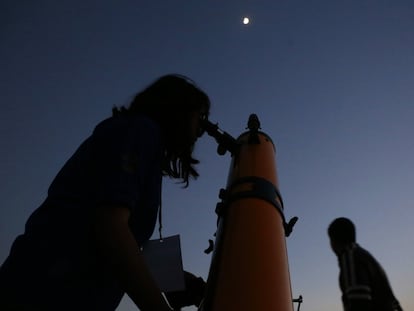
Mercury will join Mars, Jupiter, Uranus, Neptune, Venus and Saturn in the night sky in a phenomenon that will not be seen again until 2040

The depths of the Earth are home to an enormous biosphere, a great unknown that holds fundamental keys to the origin, evolution, and survival of life

NASA’s probe will enter the star’s atmosphere on Christmas Eve, making the closest pass ever of the Sun’s surface, to try to unravel the mystery of why it is so much hotter than its surface

C/2023 A3 Tsuchinshan-ATLAS, the brightest comet in 100 years, will be visible to the naked eye from October 12

All galaxies, and the Milky Way is no exception, are dying: They no longer form stars as before, and will end up completely extinguished
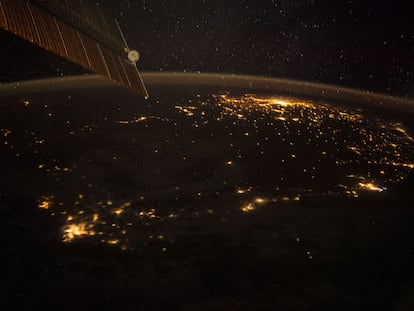
The concept of day and night on Earth is very different from that of other worlds, where a day can last longer than a year or areas of a planet can experience eternal night

You may need a pair of binoculars to catch Mercury and Uranus, which don’t shine as bright as the other planets. But the five-planet array will be visible from anywhere on Earth, as long as you have clear skies
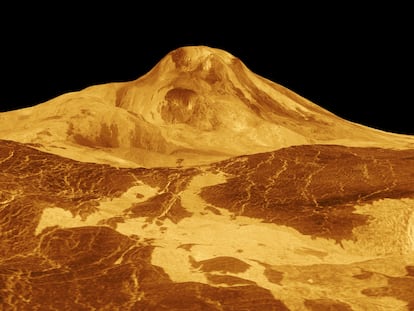
Radar images taken by a probe in 1991 suggest there was an eruption on the planet that was double that of Hawaii’s Kilauea volcano